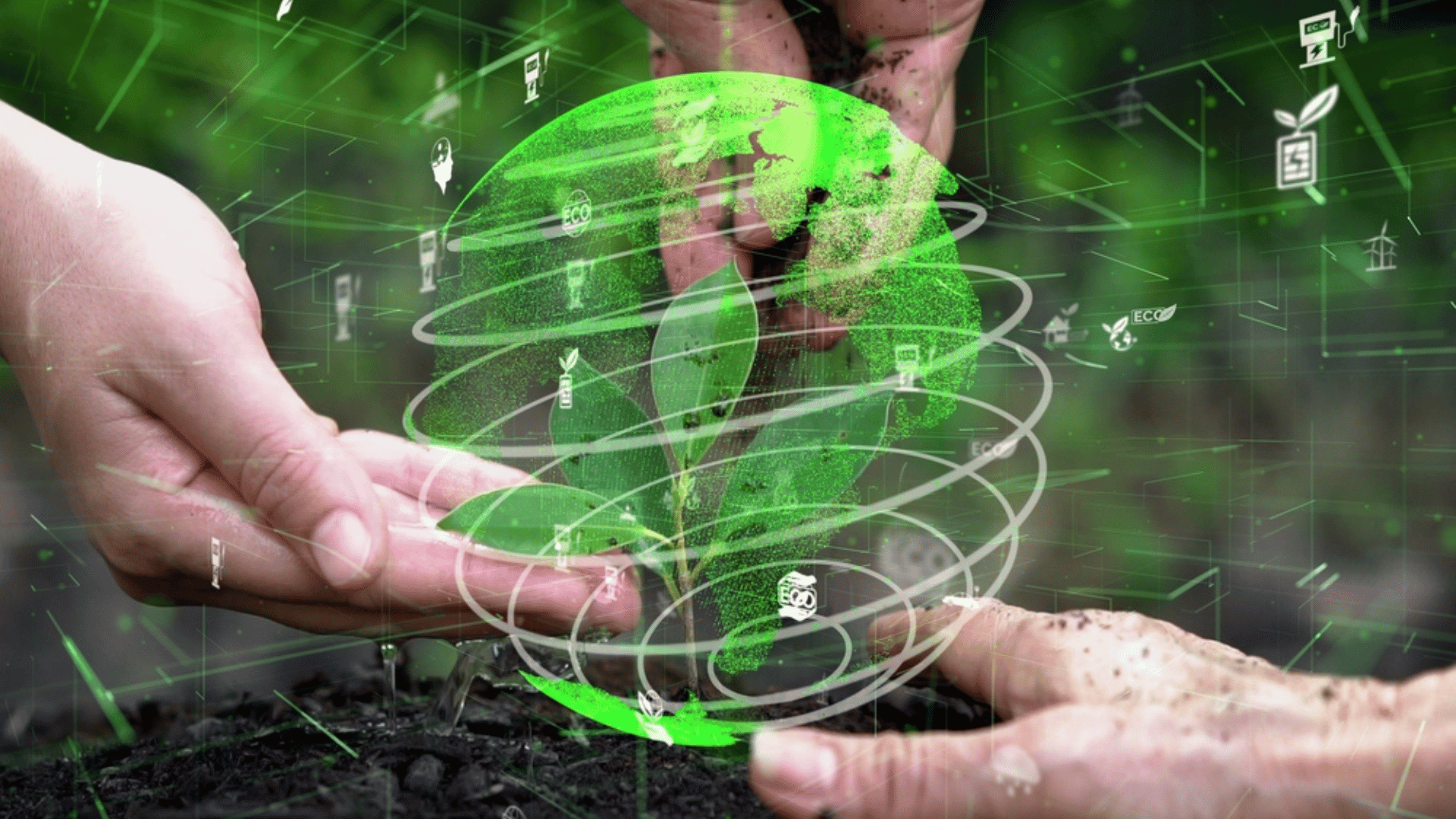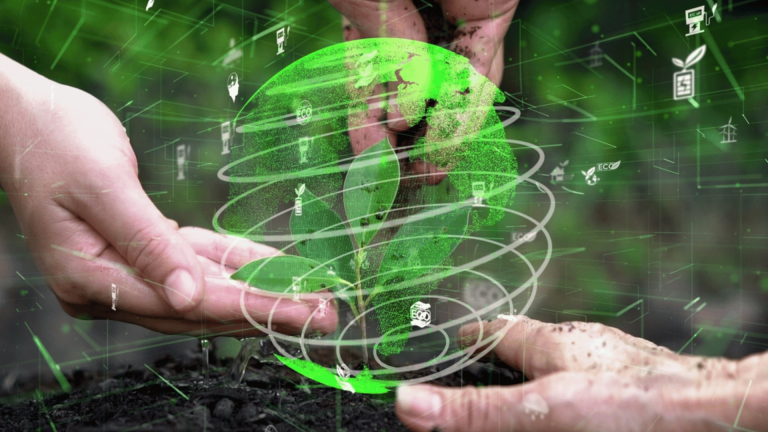The latest smart home technology can help make the average home more sustainable by using energy more efficiently, reducing waste, and accelerating the switch to renewable energy. See five ways smart technology can help you make better use of natural resources at home.


1. Reduce utility bills
Heating and cooling are two of the biggest energy consumers in most homes. Smart His thermostats can learn your habits and preferences, so you can spend less time changing settings and making seasonal adjustments to save energy. Over time, your thermostat can monitor your electricity and gas usage and automatically fine-tune its operation to increase efficiency. Smart systems can also help reduce water usage by skipping outdoor watering when it's raining or cutting back on watering when it's cloudy.
2. Response to external conditions
Automatic window coverings optimize indoor temperatures depending on the season and daily weather. Working in conjunction with a smart thermostat, it can more effectively regulate the temperature of your home itself, reducing your overall energy usage. In the summer, when the daytime temperature rises, the blinds are automatically lowered in the morning to let in cold air and block out heat. Similarly, in winter, when the sun's rays warm the room, the awning can be raised automatically to make the most of sunny skies.
3. Use less, do more
The average home is filled with electronics, and most people own a growing number of home appliances, including computers, tablets, smartphones, video game consoles, and internet streaming devices. Today's energy-efficient smart appliances are designed to do more with less energy, including entering sleep mode when not in use or slowing down to take advantage of off-peak rates. It can be programmed to
4. Waste reduction
When food spoils before we eat it, we waste all the energy and water we spent growing, harvesting, transporting, and packaging the food. Smart refrigerators with internal cameras and internet connectivity can help reduce waste by sending alerts when fresh food is at risk of spoiling. Some smart refrigerators can even recommend recipes based on the ingredients you have on hand.
5. Transition to solar power
The transition to renewable energy is a big part of sustainability, and smart systems can help you get the most out of your solar home installation. Smart solar panels use inverters and smart meters to provide real-time data about their performance. It can also be connected to a storage system that holds the energy panels collected during the day.
High-efficiency microinverters can be used to control the output of a single solar panel, directing energy to household appliances or sending it to the grid for energy credits. You can connect a Level 2 (240 volt) charging station to your system to charge your battery electric vehicle at home. Charging stations can be set up to automatically transfer energy into your home. This eliminates the need for a gas generator in case of a power outage.
To learn more about smart homes, watch the full episode below.

